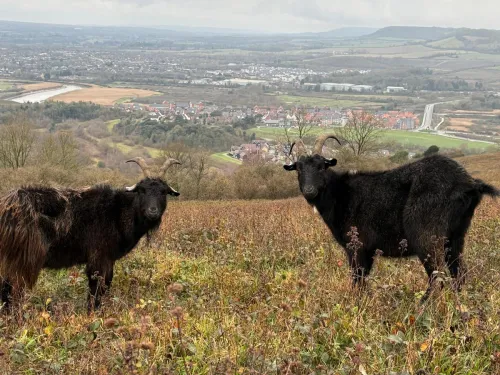
It’s the “Goat” of Christmas past
Rangers celebrate “Christmas miracle” as escaped goat returns after three-month adventure
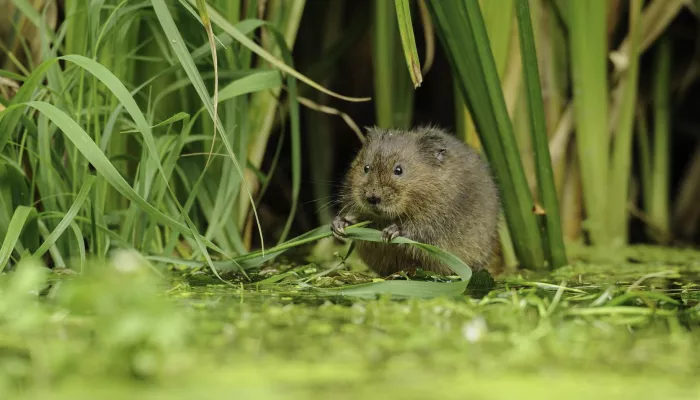
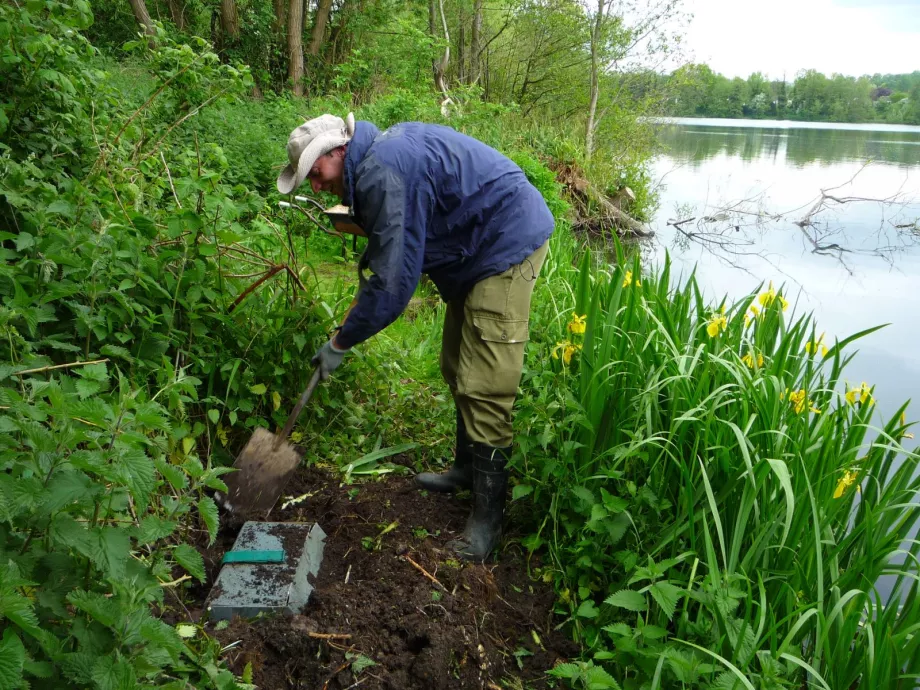
Sevenoaks Area Warden Paul Glanfield said: "Water voles have undergone a long term decline in Britain and have disappeared from 94% of their former sites. Records show that the water vole was once common along the River Darent."
From start to finish this project has been a real joint effort between KWT, Wildwood and ICET. I would especially like to thank all our hard working volunteer teams who have been involved in every aspect of the project.
Vicki Breakell, the Conservation Officer from Wildwood said: “We are thrilled to be able to work with Kent Wildlife Trust on this amazing project to restore water voles back to this area of Kent. Projects like this are at the very heart of Wildwood’s work as a conservation charity and we are delighted to be able to help in the fight to protect water voles for future generations.”
A method called 'soft release' was used, whereby the voles are placed into pens with supplementary feed while they acclimatise to the environment. This has proven to be more successful than simply releasing all the animals at once.
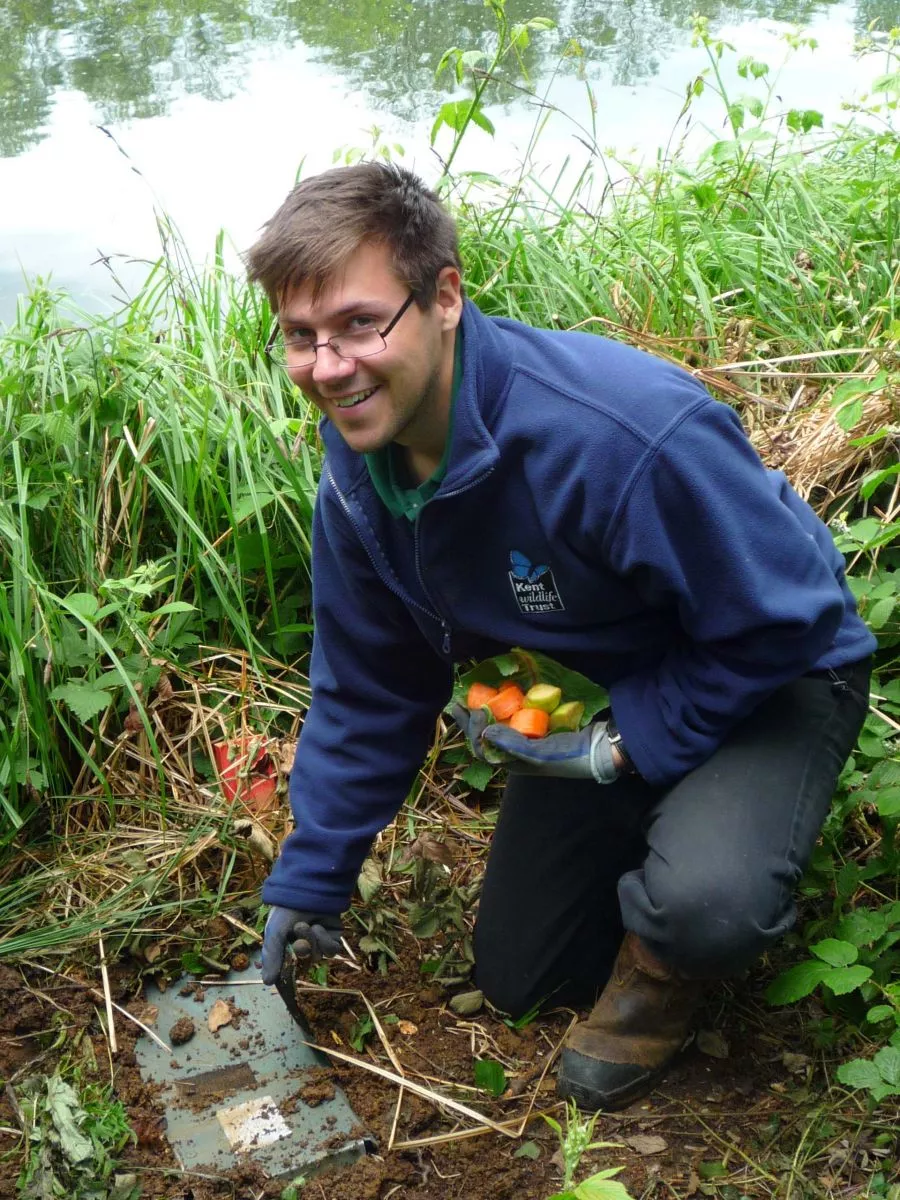
Once the voles have had a chance to settle in a survey will be carried out looking for nibbled vegetation, burrows and latrines, to see how far they have spread from their release areas. Another aspect of the project, funded by the Rivers and Wetlands Community Days, was to erect stock fence along a section of the Darent on the neighbouring farmland to stop the vegetation being grazed and trampled all the way to the water’s edge. It is hoped that Sevenoaks Wildlife Reserve will act as a stronghold from which the voles can recolonise the river banks and adjacent ditches.
So next time you’re at Sevenoaks Wildlife Reserve listen out for a “plop”: it might just be Ratty.

Rangers celebrate “Christmas miracle” as escaped goat returns after three-month adventure
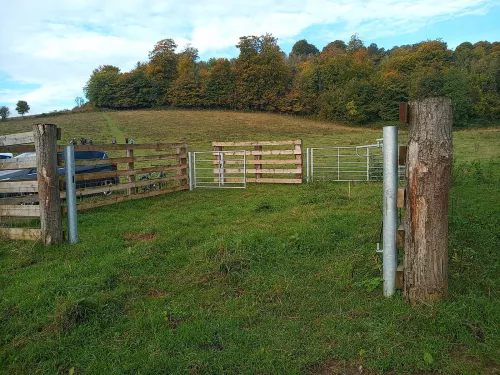
Terrified cows being chased by teenagers, litter strewn over nature reserves, and the inevitable onslaught of mass pumpkin dumping in the woods – as Halloween approaches, Wardens at Kent Wildlife Trust head for their litter pickers in a bid to combat the…
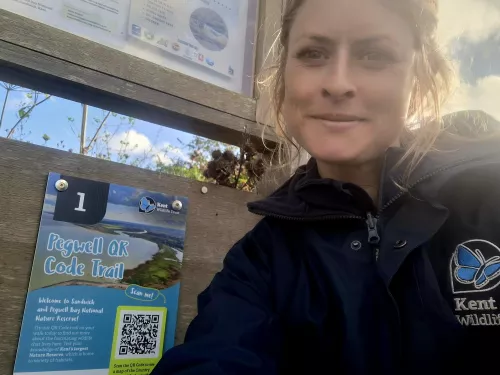
Signage with scannable QR codes has been installed to help people learn about nature and raise awareness of specially protected wildlife areas after a spate of incidents